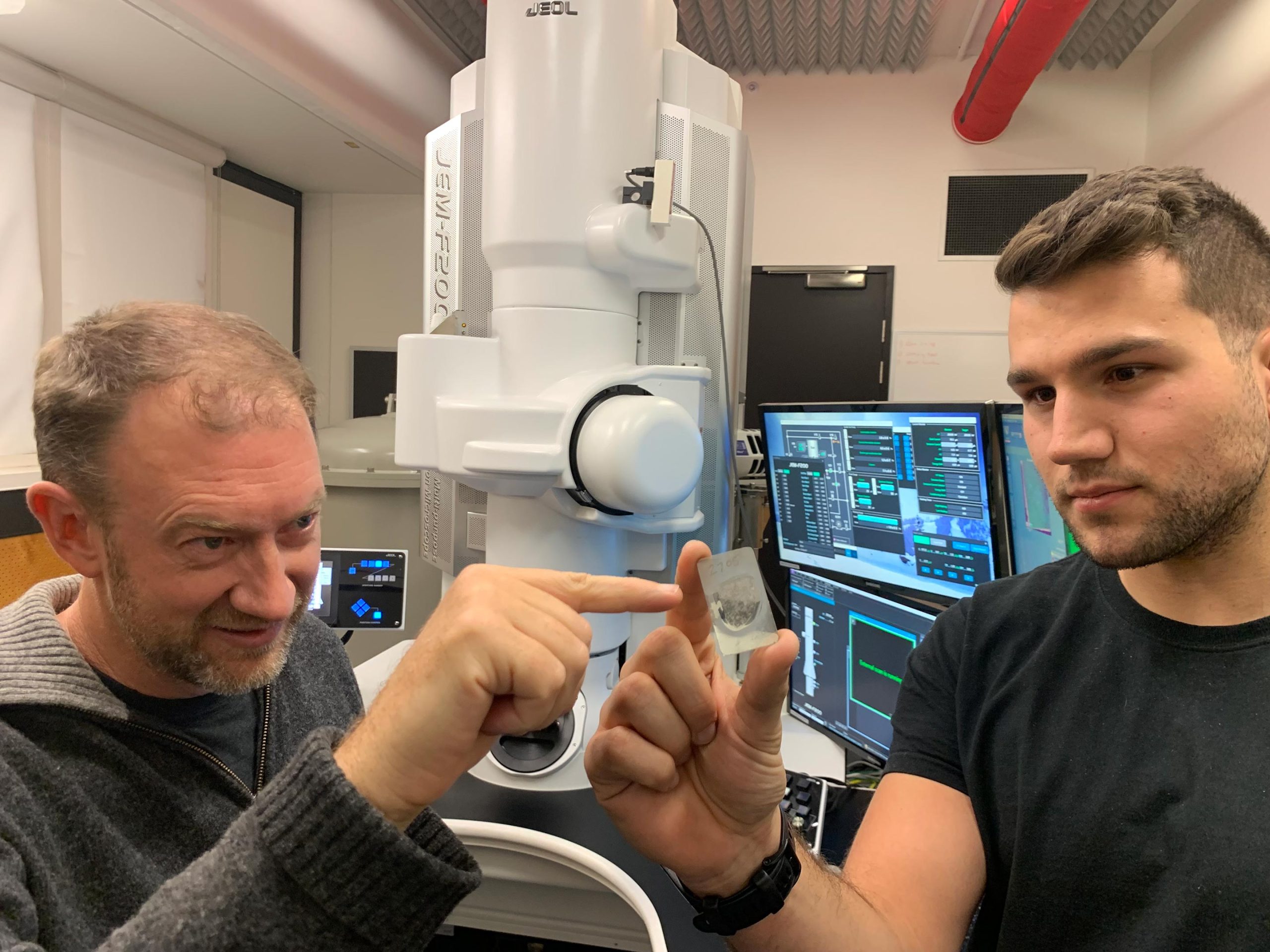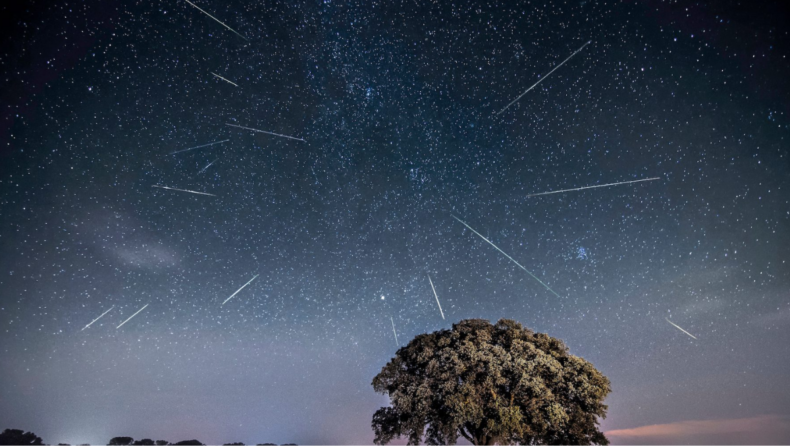A research team has confirmed the finding of a diamond from a meteor that originated from a dwarf planet.
A team of researchers from the Monash University, RMIT University, CSIRO, the Australian Synchrotron and the Plymouth University have officially announced that they have discovered traces of a rare diamond Lonsdaleite from a meteorite. Surprisingly, this meteorite originated from a large asteroid that must have collided with the dwarf planet.
What is the diamond Lonsdaleite?
Lonsdaleite is a rare diamond that has only been constructed in laboratories yet. It is a rare hexagonal form of diamond that is considered stronger than the conventional diamonds that we use in daily life.
This diamond was discovered in a lab, and researchers predicted that due to its hexagonal shape. It was stronger than its counterparts which were in cubical shape. The shape here refers to the structure in which atoms are arranged.
This diamond is formed only through one particular process called the “ Supercritical Chemical Vapour Deposition Process”. Hence, it is not easily found in the environment due to the extreme conditions required to manufacture it.
How did the diamond appear in the meteorite?
Though it is not known for sure, the team of researchers have predicted how the diamond might have appeared in the meteorite itself. They believe that a giant asteroid must have collided with a dwarf planet about 4.5 billion years ago.

This led to extreme temperatures and pressures at the time of the catastrophic collision. Hence, this led to chemical vapour formation. The researchers also believe that the diamond was formed due to the presence of a supercritical fluid that existed at a high temperature and moderate pressure inside the asteroid.
Later on, a part of the asteroid broke off as a meteorite that entered the Earth’s atmosphere.
The aftermath of The Discovery of the Lonsdaleite
The scientists believe that during the process of collision, the original shape and textures of the pre-existing graphite must have been preserved. Hence, scientists can now study the structures of rare minerals from other galaxies.
Moreover, after the release of extreme pressures, some of the Lonsdaleite must have converted back to the cubical conventional diamond. This helps us study the complete cycle of diamonds.
Read More: NASA’s DART system for space defense.
Also, these Ureilite meteorites were formed in the mantle of a dwarf planet. This allows the researchers to study the conditions and the structures of the mantles of far-off planets. The internal structures are hard to study from conventional space telescopes like the James Webb Telescope and the Hubble Telescope.
Hence, this discovery can boost the related studies.
What can be the future use of the rare diamond Lonsdaleite?

The team of researchers have claimed proudly that the formation of this rare diamond Lonsdaleite is completely similar to the process they used in the lab for producing similar materials. This has confirmed as well as authenticated the validity of lab-grown materials and industrial processes.
The researchers believe that if we are able to produce these diamonds at an industrial scale then they can be used to make small, superior and ultra-strong parts for machinery. But to achieve that level of progress, it is important to develop a process that sustains the replacement of pre-shaped graphite parts by the rare diamond Lonsdaleite.
The press release by the team of researchers was led by the director of RMIT University. He was McCulloch, the head of the Microscopy and Microanalysis Facility. Moreover, the team of researchers also included reputed geologists like Andy Tomkins.

The fascinating discovery of the largest Lonsdaleite crystal known to date has sparked the interest of several business giants in investing in this pioneering technology. The traces of the diamond discovered in the meteorite were up to a micron in size which is much smaller as well as thinner than human hair.
As scientists rally to discover more about outer space and the universe that we occupy, it will be worth seeing how far these discoveries will take us in terms of survival and growth.
Read More: Diamonds discovered from a distant dwarf planet, stronger than lab-grown ones.













